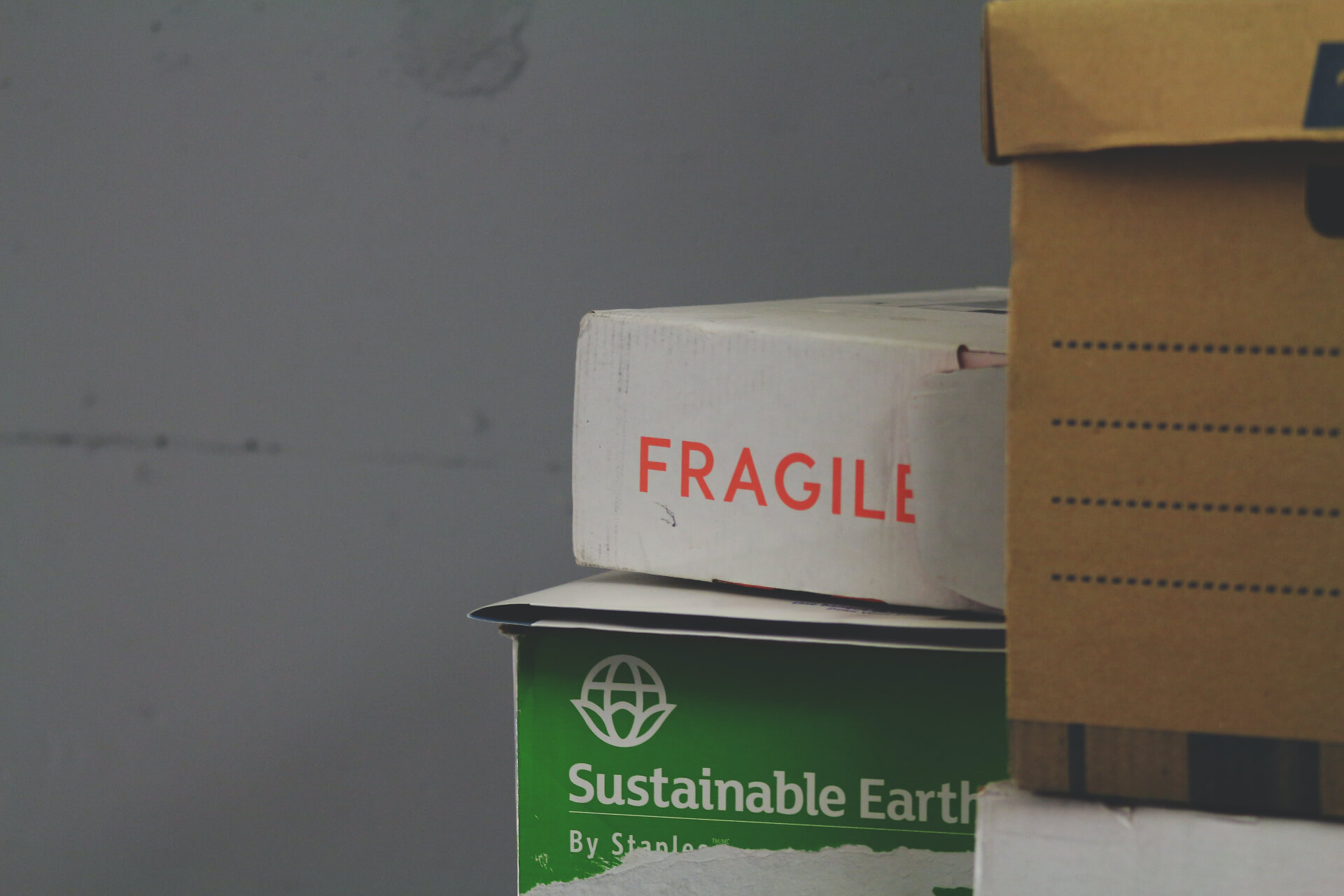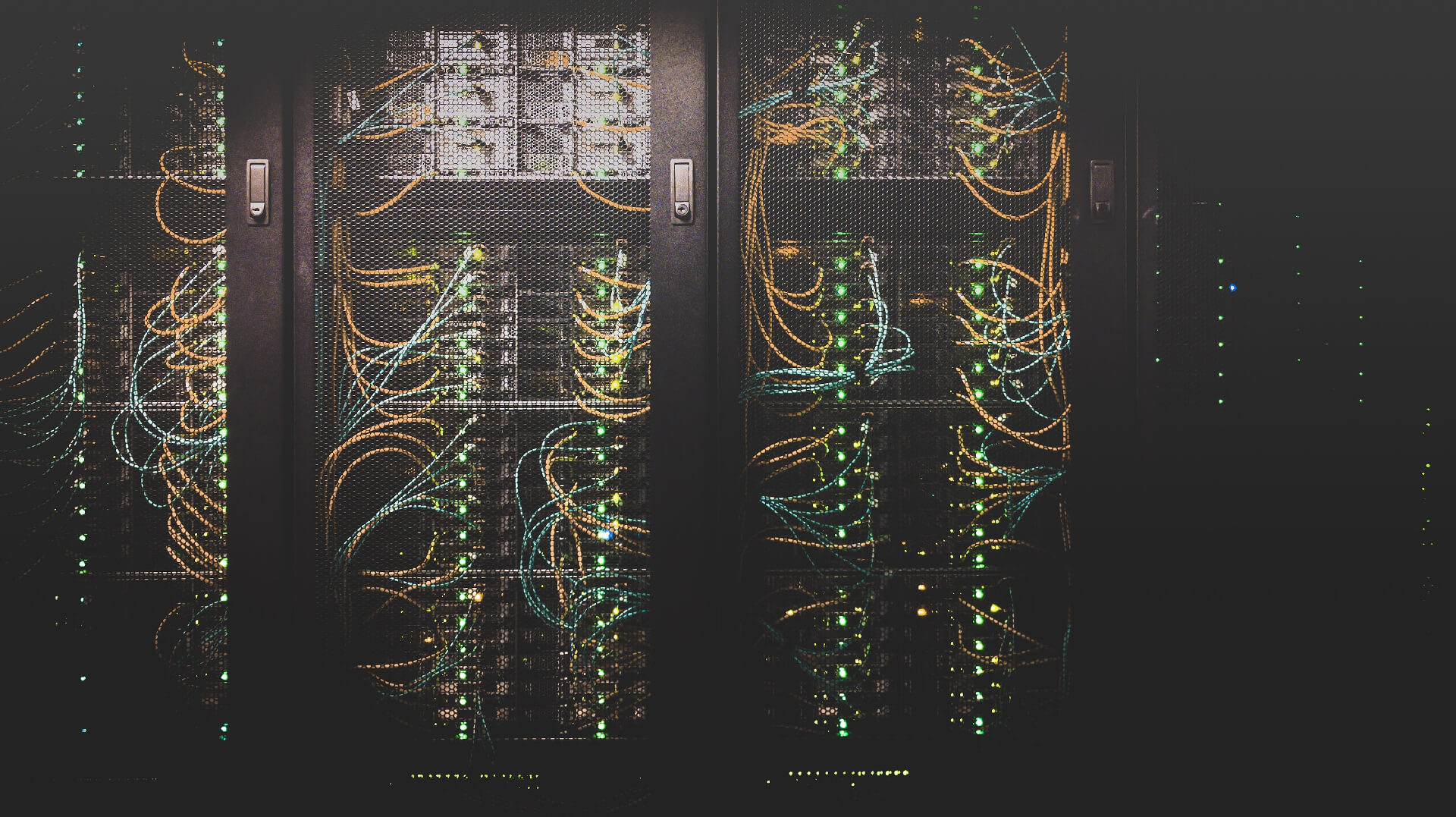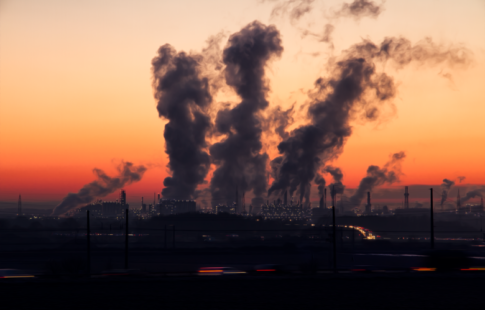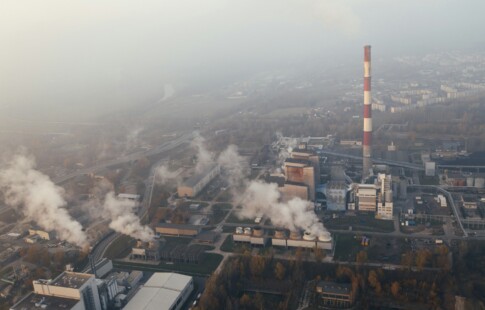
The 5 Biggest Contributors to Climate Change You Didn’t Know
We are reader-supported. When you buy through links on our site, we may earn affiliate commission.
The media proclaims the world is on fire and the climate crisis is the worst it has ever been. In reality, there are ways human efforts are healing the planet. But there are always ways to improve. Knowing the biggest contributors to climate change is an excellent place to start — it allows the world to tackle the most pressing problems to make the most sweeping impacts.
However, there are many catalysts to erratic temperatures and altered species that are less publicized. What are these, and what can people do to make their impacts less severe?
Let’s Start With the Biggest Contributors to Climate Change
Global greenhouse gas emissions change yearly as human behavior shifts. However, they stay relatively the same when you look at each sector. Here is a breakdown of 2020 emissions by industry in tons:
- Electricity and heat: 15.18 billion
- Transport: 7.29 billion
- Manufacturing and construction: 6.22 billion
- Agriculture: 5.87 billion
- Fugitive emissions: 3.22 billion
- Industry: 3.13 billion
- Buildings: 2.98 billion
- Waste: 1.65 billion
- Land-use change and forestry: 1.39 billion
- Aviation and shipping: 938.14 million
- Other fuel combustion: 579.05 million
Through a combination of methane, carbon dioxide, and other gases, these industries add to atmospheric deterioration the most. Now, let’s discuss some hidden contributors, some of which might fall into these categories. However, it’s essential to shed light on these subcategories to know where to organize global efforts. It is impossible to tend to “agriculture” or “buildings” as a whole.
Targeting each sector’s most prominent red flags will better target efforts and build momentum and progress. What are some sneaky culprits, and how can the planet manage them?

1. Data Centers
Data centers pull a lot of electricity, primarily because they must run 24/7 to meet the world’s demands, only becoming even more connected. One outage causes societal distress, and industries would crumble if connectivity were lost even for a second. Not only do they use a lot of energy, but they also use a lot of heat and water. Cooling data centers is a full-time job, ensuring the machine does not overheat and cause electrical concerns.
Data centers and networks contribute to around 1.5% of the world’s emissions. This will increase annually as more analog items advance and digital transformation shape industries and homes worldwide. These are some of the best ways to curb their impact:
- Switch to more efficient, liquid cooling methods.
- Incorporate renewable energy.
- Update legacy equipment.
- Use modular construction.
2. War and Military
This number fluctuates alongside international politics, and 2023 is, unfortunately, a year of conflict. In 2022, war’s contribution to greenhouse gases was around 5.5% of the total. Military emissions leak into numerous categories mentioned above, such as manufacturing for weaponry, infrastructure for troops, and transport services for those in the service. Because the military impacts the land, air, and sea, technically, nowhere is safe from the residual impacts of war.
World peace is the obvious yet most complex solution for remedying this category’s contribution. Damage to infrastructure caught in the crossfire is resource-intensive and expensive to repair. Keeping conflict outside of major cities would be more ideal, although standardizing this is hardly feasible. However, militaries can also reduce vehicle fuel usage and use more energy-efficient technologies.
3. Meteorites
Most people are lucky to avoid seeing a meteorite strike the planet. Meteorites of various sizes hit Earth around 17,000 times yearly, and that frequency impacts the atmosphere. When a meteorite makes its home in its new impact site, it melts and releases carbon dioxide. Other chemical reactions of its impact cause anything from acid rain to forest fires. These side effects indisputably influence wildlife and habitats, altering temperatures and damaging the air.
4. Shopping Returns
Supply chains and manufacturing have a considerable impact on the planet. Unfortunately, there is not as much focus on Scope 3 emissions as Scopes 1 and 2. What customers do with the products they receive matters — especially if they return to the manufacturer and retailer anyway.
Hyperconsumerism has made more packages hit doorsteps than ever before. This means there are more returns. When you consider transportation, packaging, and more, there are a lot of unnecessary detractors on the atmosphere. Here are some unfortunate stats about the impacts:
- The equivalent of €6 billion of returns ends up in landfill.
- Returning an item costs the original company 59% of the cost of the item.
- The waste emits around 27 million tons of carbon emissions.
The best way to circumvent this is through data collection and action. Analytics will demonstrate how to cut emissions in the most impactful ways. Additionally, companies can mitigate returns by having stricter return policies and posting more accurate product images.

5. Cement
Yes, one of the most prominent ingredients in concrete makes a destructive footprint. Considering how much the world relies upon concrete, you can quickly contextualize how it accounts for anywhere between 4-8% of emissions worldwide. This varies depending on how individual manufacturers operate, but traditional processing requires high temperatures and environmental exploitation.
Experts are experimenting with making an alternative to concrete that would act as a carbon sink. This is necessary, especially considering how much energy producing concrete makes. Enhancing its material composition could make it one of the most eco-friendly building materials if appropriately curated.
The Biggest Contributors to Climate Change for Progress
There are plenty of other sneaky climate change villains, such as coffee farming and cow burps. Narrowing down other significant contributors helps with progress because recognizing the size of the world’s largest issues can feel daunting. It may feel so overwhelming that humans may not work toward green transportation or infrastructure at all — the number is too hard to change.
However, when we peel apart the curtain to reveal more targeted initiatives, it becomes more feasible for experts to direct their energy. Eventually, every aspect of the planet will choose the planet first, helping it instead of harming it.
Share on
Like what you read? Join other Environment.co readers!
Get the latest updates on our planet by subscribing to the Environment.co newsletter!
About the author

Steve Russell
Steve is the Managing Editor of Environment.co and regularly contributes articles related to wildlife, biodiversity, and recycling. His passions include wildlife photography and bird watching.





